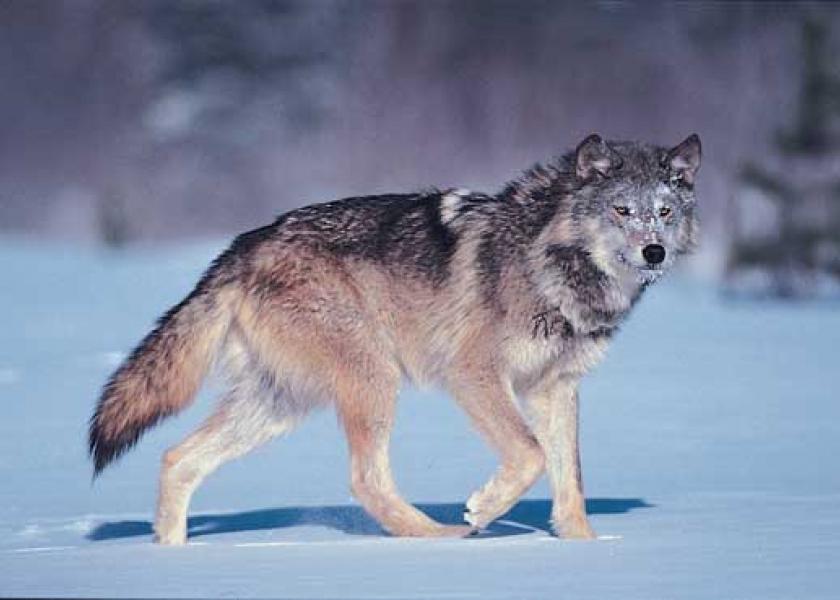What a State Wolf Delisting Actually Means for Oregon Ranchers

The Oregon Fish and Wildlife Commission, in a 4-2 vote, earlier this month decided to remove wolves from the state endangered species list. The question many are now posing is as follows: What in the world does a delisting mean?
Todd Nash, a rancher from Enterprise Oregon and wolf committee chair of the Oregon Cattlemen’s Association helped illuminate what kind of impact this verdict will have. “A delisting unfortunately does not change the Oregon Wolf Plan. We are still bound by the same rules that we were before.” Nash said what will change, now that the state listing has been removed, is the ability to produce litigation against the Oregon Wolf Plan.
Jerome Rosa, executive director for the Oregon Cattlemen’s Association, was pleased that the commission decided to delist. “This will give our producers another set of tools when moving into phase two of the plan,” Rosa said.
Rosa also wanted to encourage ranchers to keep following the Oregon Wolf Plan. He said the plan will keep all parties in accordance with the law. “By continuing to follow the path that the plan has laid out we will eventually be able to reach phase three of the Oregon Wolf Plan.”
In an Oregon Department of Fish and Wildlife press release, the agency stated that the rule would be filed with the Secretary of State on Nov.10.
For now, Nash said there are a couple things ranchers with wolves in their area should continue to do. “Communicate with each other, the leadership in Oregon Cattlemen’s Association, local law enforcement, and Oregon Department of Fish and Wildlife,” Nash said.
He also encouraged ranchers to document and call in if they have a suspected wolf depredation. “This (the state delisting) is not the license to start killing wolves at will. It is the step toward better control of wolves in the future.”
Source: Oregon Cattlemen’s Association







